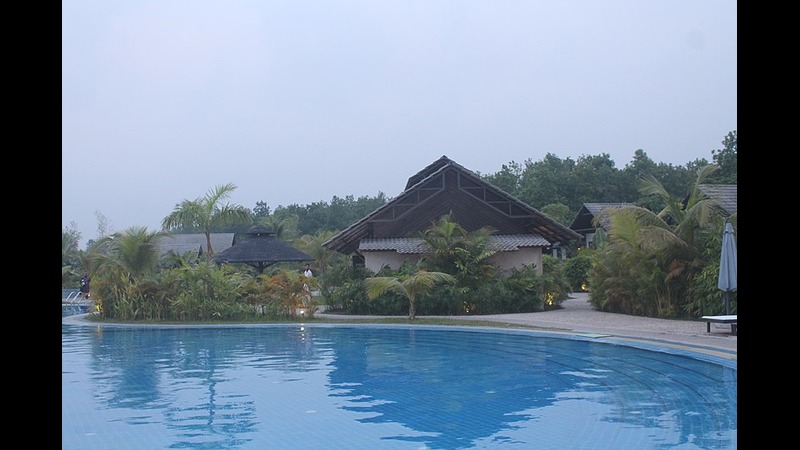Bangladesh’s fisheries industry plays a pivotal role in the nation’s economy, contributing significantly to food security, employment, and foreign exchange earnings. This article explores the various aspects of this vital sector, from its historical background to current challenges and future prospects.
Historical Background
Bangladesh has a rich tradition of fishing, dating back centuries. The country’s extensive network of rivers, lakes, and coastal waters provides a fertile ground for diverse aquatic species. Over time, fishing evolved from a subsistence activity to a commercial enterprise, shaping the economic landscape of coastal communities.
Economic Importance
The fisheries industry in Bangladesh is a major contributor to the national economy. It provides livelihoods for millions of people, both directly and indirectly, through fishing, processing, and distribution activities. Export of fish and fish products also contributes significantly to foreign exchange earnings, supporting economic stability and growth.
Key Species and Fishing Practices
Bangladesh boasts a wide variety of fish species, including hilsa, shrimp, tilapia, and catfish, among others. Traditional fishing methods such as netting and trawling coexist with modern aquaculture practices. The hilsa fish, in particular, holds cultural and economic significance, with its annual migration prompting widespread festivities during the fishing season.
Challenges Facing the Industry
Despite its importance, the fisheries industry in Bangladesh faces several challenges. Overfishing, pollution, habitat degradation, and climate change threaten fish stocks and biodiversity. Issues of illegal fishing practices and lack of sustainable management pose additional hurdles to the industry’s long-term viability.
Government Initiatives and Policies
Recognizing the importance of sustainable fisheries management, the Bangladesh government has implemented various policies and initiatives. These include fisheries development programs, aquaculture promotion, and conservation efforts aimed at preserving marine ecosystems and enhancing fishery productivity.
Future Prospects and Innovations
Looking ahead, the future of Bangladesh’s fisheries industry lies in sustainable practices and technological advancements. Innovations in aquaculture techniques, such as integrated farming systems and fish breeding technologies, offer promising solutions to enhance productivity while minimizing environmental impact.
Conclusion
The fisheries industry remains a cornerstone of Bangladesh’s economy and cultural heritage. As the nation continues to navigate economic and environmental challenges, sustainable management practices and technological innovations will play a crucial role in shaping the industry’s future.
Frequently Asked Questions (FAQ)
1. What are the main types of fishing practiced in Bangladesh? Bangladesh practices a variety of fishing methods, including traditional netting, trawling, and modern aquaculture techniques like pond and cage farming.
2. How does the hilsa fish contribute to Bangladesh’s fisheries industry? Hilsa is not only a staple food but also holds cultural significance, contributing significantly to both domestic consumption and export earnings.
3. What are the biggest challenges facing Bangladesh’s fisheries industry? Challenges include overfishing, pollution, habitat degradation, climate change impacts, and the need for sustainable management practices.
4. What initiatives has the Bangladesh government taken to support the fisheries sector? The government has implemented policies promoting sustainable fisheries management, aquaculture development, and conservation efforts to protect marine ecosystems.
5. What is the future outlook for Bangladesh’s fisheries industry? The industry’s future depends on adopting sustainable practices and leveraging technological innovations to enhance productivity and resilience against environmental challenges.






